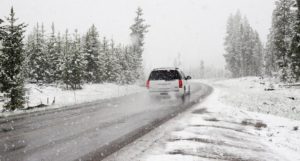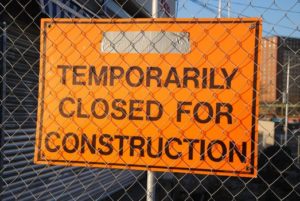
Driving in Winter Weather
Driving in winter weather can come with all sorts of unexpected dangers – slick roads, stranded vehicles, limited visibility and more. Keep these 5 tips in mind and share with your loved ones to be prepared for the unexpected this winter. Stay informed. Before heading out, make sure you are up-to-date on road and traffic conditions. Use KanDrive or MoDot to stay informed. Knowing these conditions before you head out will allow you to plan adequately for the delays and still arrive at your destination safely and on-time. Create a vehicle inspection routine. With winter weather comes ice and snow. Plan a routine that allows extra time before you leave the house to inspect your vehicle and clear off anything that may obstruct your visibility. You should also plan to routinely check things in your vehicles such as wiper blades, belts and hoses to ensure you don’t run into trouble on the road. Reduce your speed and drive with extra caution. Reducing your speed will increase your time to react – reduce your speed for wet, snowy and icy conditions and in cases where visibility is limited. Leave extra room for you and the car in front of you; winter road conditions could create longer stopping distances. Be cautious around snow plows. Remember, they travel under the speed limit and have a limited field of vision. Be patient. Create a winter survival kit for your car. These things will come in handy if you were to get stranded or stuck without help. Consider keeping these items in your car: red flags, matches/lighters, blankets, fuses/flares, ice scraper, snow shovel, jumper cables, first aid kit, non-perishable food and tow ropes/chains. Remember these tips to keep you and your family safe during this upcoming winter season.





